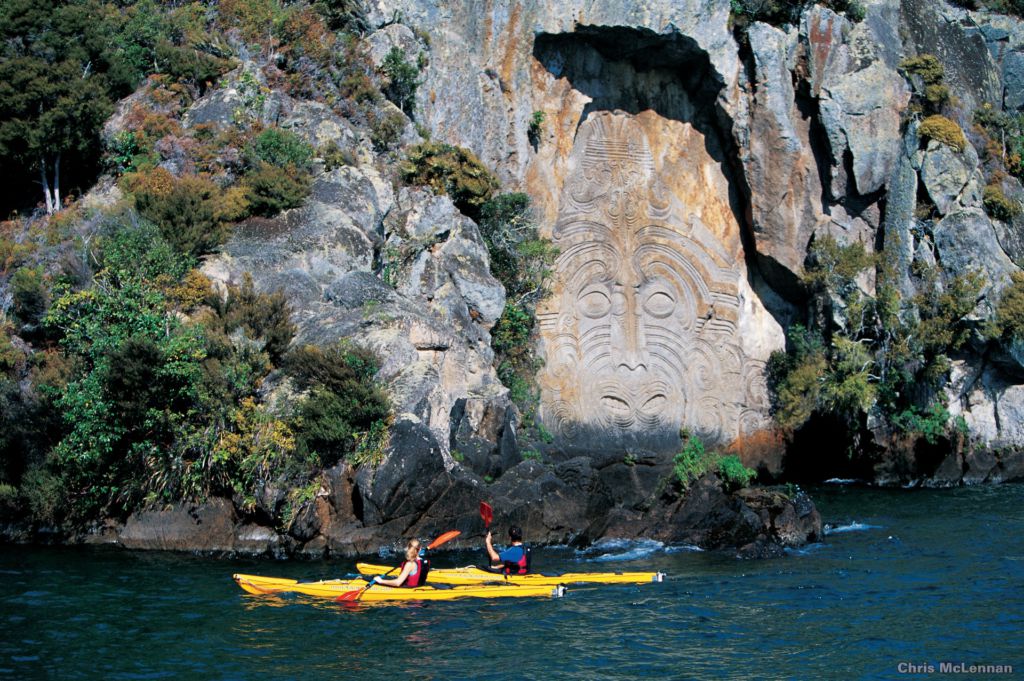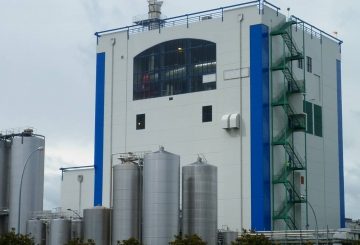The government has proposed a new bill that will undo three parts of the previous government’s planned changes to control smoked tobacco. Associate Health Minister Casey Costello says the current government is committed to the Smokefree 2025 goal, but plans to take a different approach to reduce smoking rates and the harm caused by smoking.
New Zealand has seen a significant drop in smoking rates in recent years, and the government wants to build on the effective strategies used so far. Costello plans to introduce measures to help people quit smoking and to tighten regulations on vaping to prevent young people from accessing vapes.
The new bill, called the Smokefree Environments and Regulated Products Amendment Bill, will fulfill the government’s 100-Day commitments and undo three parts of the previous government’s Smokefree legislation: the retail reduction scheme, denicotinisation, and the smokefree generation measures.
Costello says none of these measures are currently in place, with the changes planned for later this year, 2025, and 2027. She criticizes the previous government’s approach, saying it ignored the success of quit smoking initiatives and the potential negative effects of a prohibitionist approach on smokers, retailers, and crime.
According to the New Zealand Health Survey results released in December last year, the daily smoking rate has dropped from 8.6% to 6.8%. If this trend continues, New Zealand will reach its Smokefree goal of less than 5% of the population smoking daily by 2025.
In the last three years, 229,000 people have quit smoking, with vaping playing a key role. Out of those who quit, 79,000 were Māori. The quit rates for young people are even higher. Costello says the focus should be on long-term smokers who are addicted to nicotine. The government wants a practical approach to help smokers quit, rather than one based on ideology.
The article also provides annual statistics on the rates of people quitting smoking, showing an overall increase in the quit rate over the years. The quit rate for youth (15-24) has also increased significantly, reaching 41.5% in 2022/23.





























































